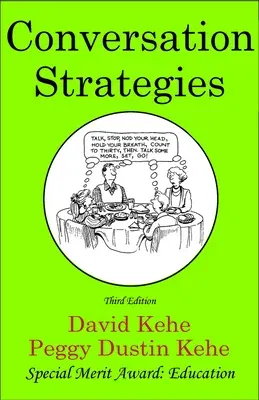David Kehe
(Author)Conversation Strategies: Pair and Group Activities for Develping Communicative CompetencePaperback, 5 August 2014

Qty
1
Turbo
Ships in 2 - 3 days
In Stock
Free Delivery
Cash on Delivery
15 Days
Free Returns
Secure Checkout

Print Length
148 pages
Language
English
Publisher
Pro Lingua Learning
Date Published
5 Aug 2014
ISBN-10
0866473696
ISBN-13
9780866473699
Description
Product Details
Author:
Book Format:
Paperback
Country of Origin:
US
Date Published:
5 August 2014
Dimensions:
22.61 x
14.99 x
1.27 cm
ISBN-10:
0866473696
ISBN-13:
9780866473699
Language:
English
Pages:
148
Publisher:
Weight:
258.55 gm